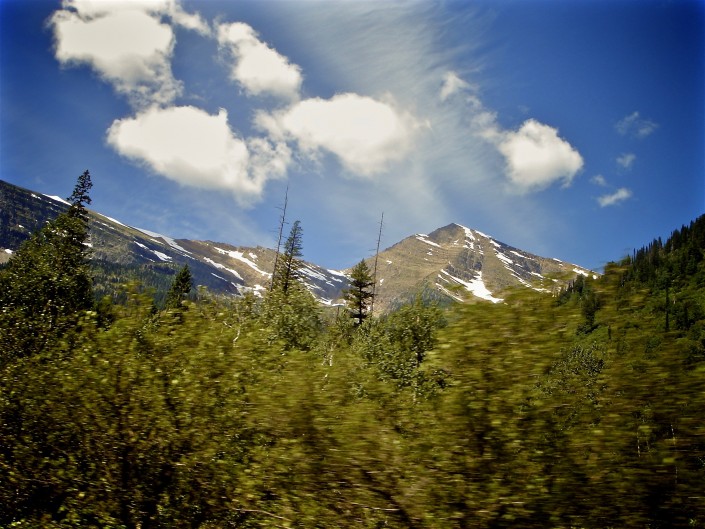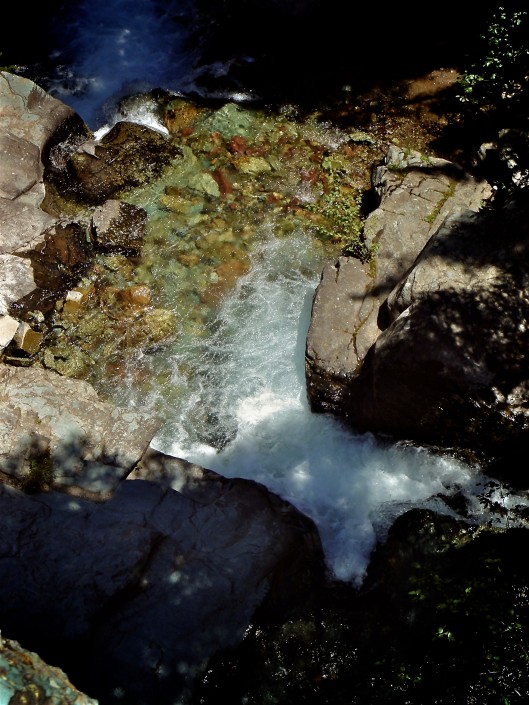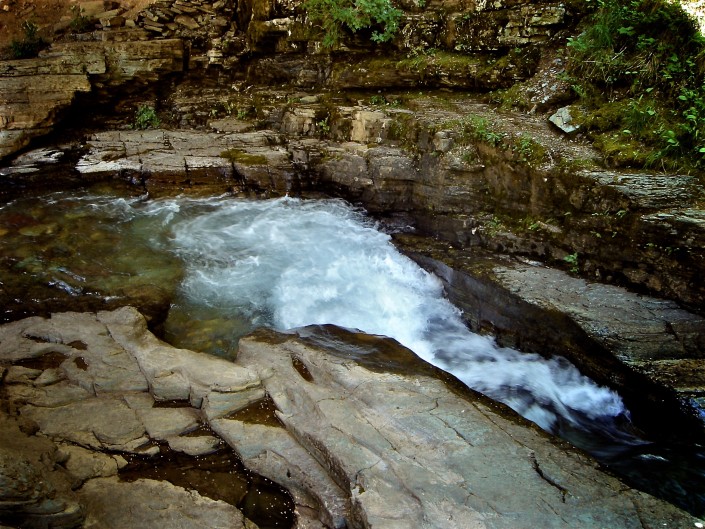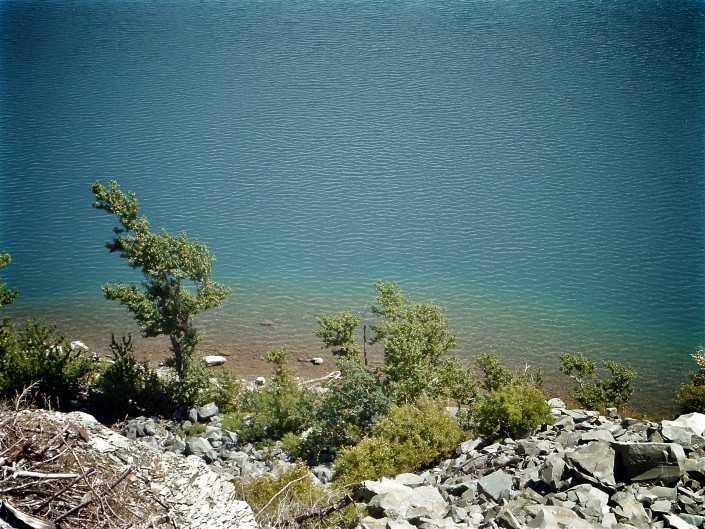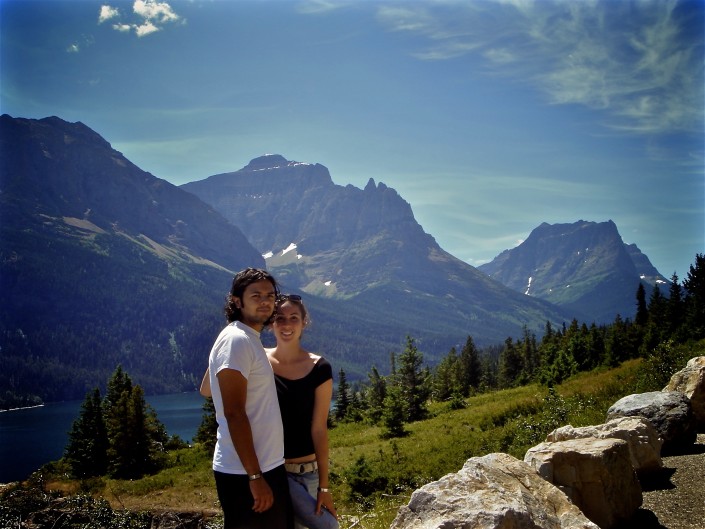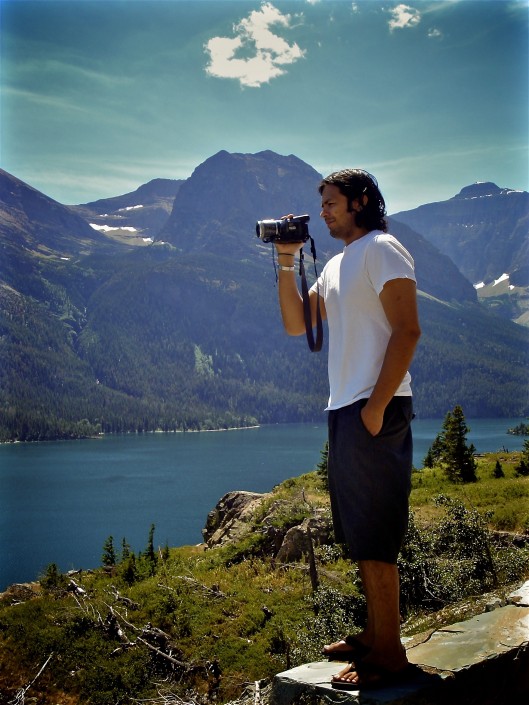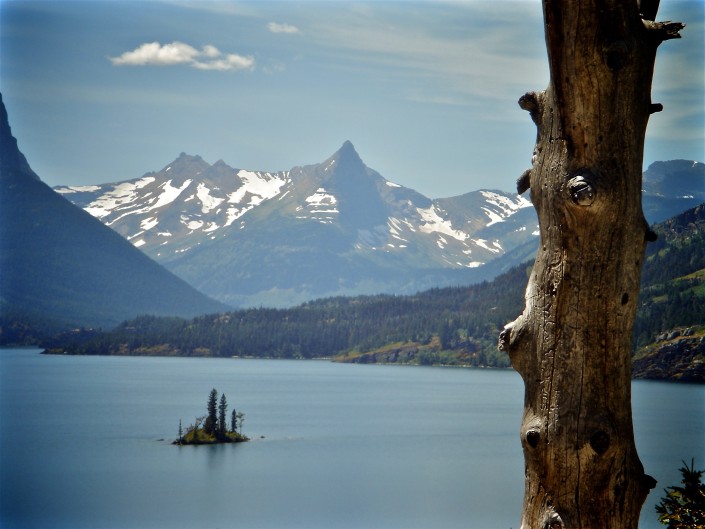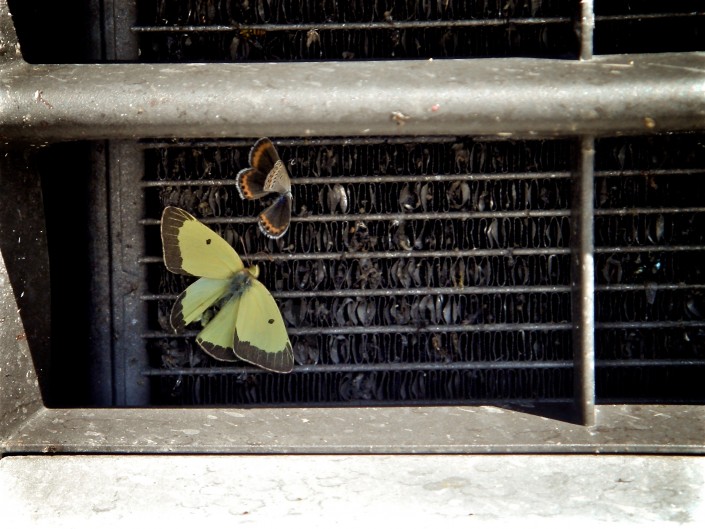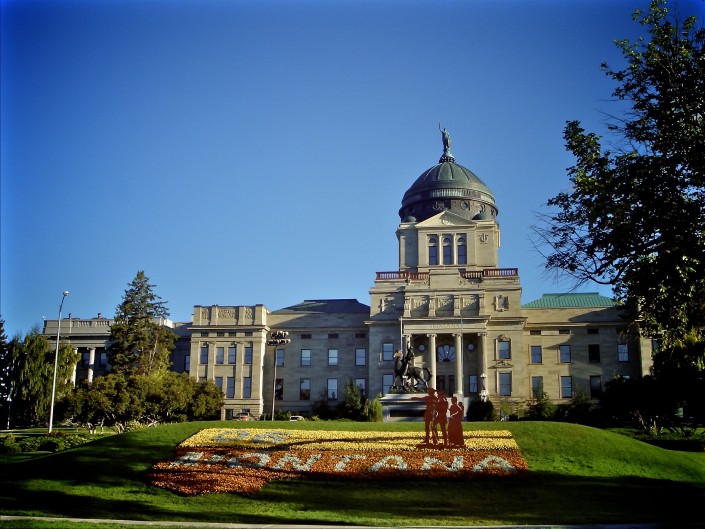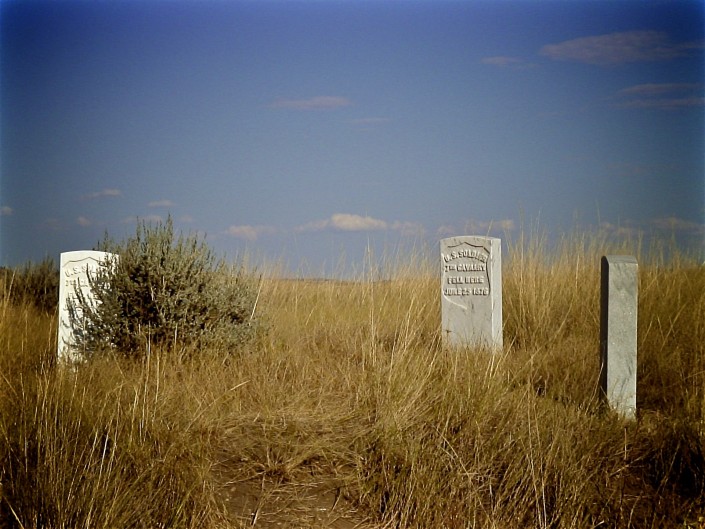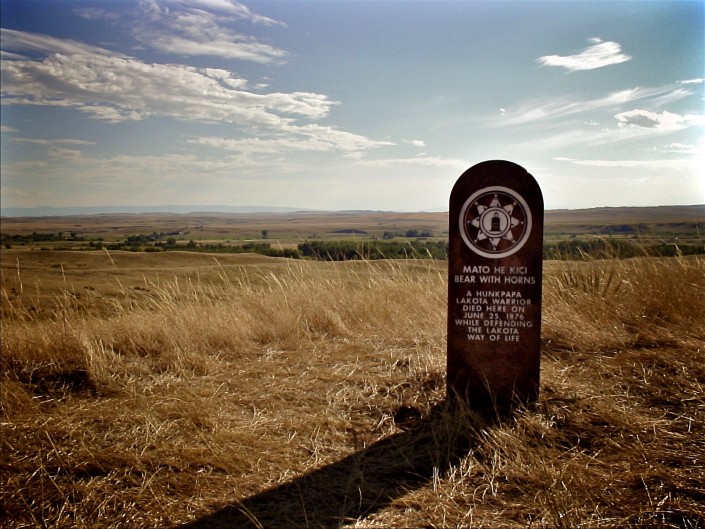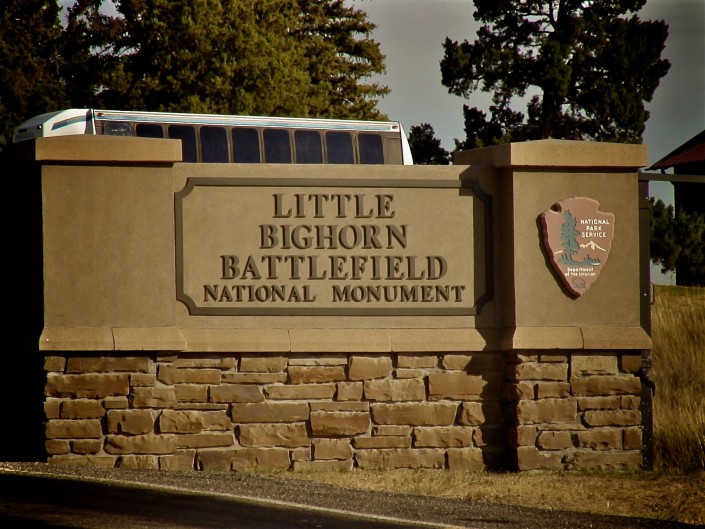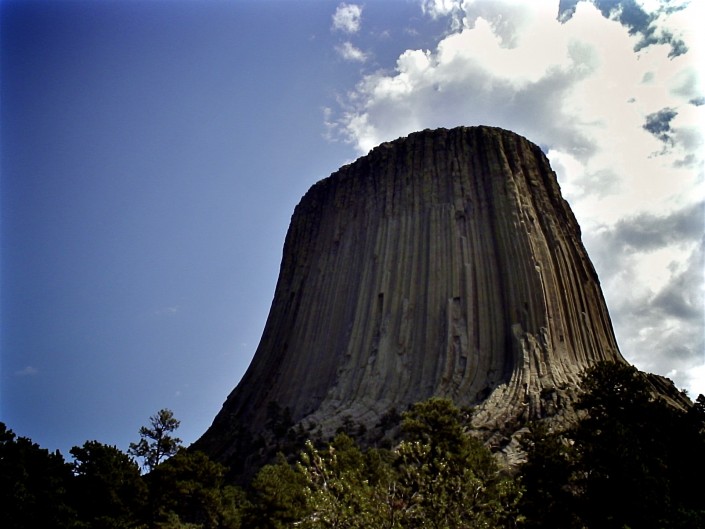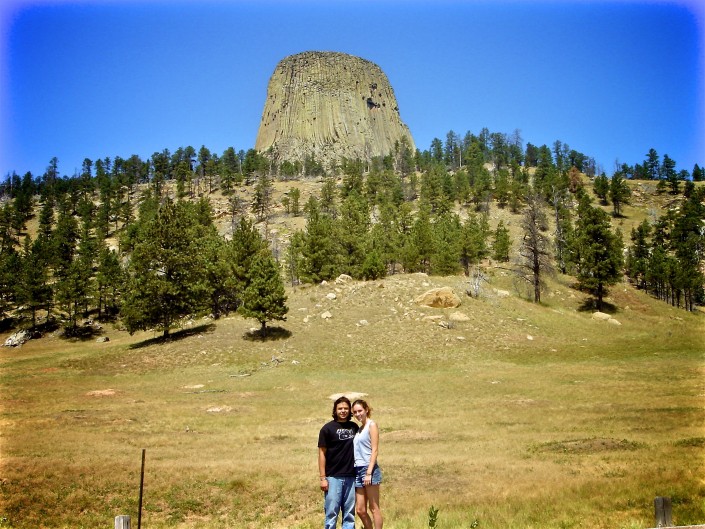
MONTANA. State #25
From K’s journal…
Let me just begin by saying that history class was never my thing. Memorizing dates, places and names left me cross-eyed. It sounds cliche but spending the past seven months traveling has taught me a lot about myself. Turns out, I love history. In fact, with each state, my paintings become less about the today and more about the yesterday. When I step into the landscape of a new state, I latch on to all of the stories that echo up from the earth – especially those loaded with irony or symbolism. While I may never be able to rattle off the exact date of a battle or even the town it took place in (I write everything down), I can feel the events rattling within. In our 25th state, the Montana painting becomes nothing about our own journey, and everything about those that traversed the land before us.
Blackfoot legend has it that the area now known as Glacier National Park, was created during a battle between the sun (Old Father) and the moon (Old Mother). Rocks were thrown in their struggle, forming the pitted landscape below. We watch the film at the visitors center and on our drive out follow a tired coyote walking along beside us on the roadside. There are plaques with photos from years ago to illustrate the retreating glaciers melting into these magnificent lakes. The melting ice has exposed fresh sharpness in the mountain peaks, steeply rising from the forest floor and I play out the folklore battle in the sky.
Our next stop is Helena. On the capital lawn, a peaceful anti-war display catches our attention. Thousands of boots are lined up in an emotional representation of each American serviceman/woman killed in Iraq. Names and photos of each soldier are attached to the laces. I think of our good friend, a Captain in the U.S. Army, who is currently over in Iraq. He is like a brother to Alfonso, and is near completion of his one-year tour. He is due to arrive back at base in Fairbanks, Alaska this August. The silent protest prompts Alfonso and I to discuss our own fears for the soldiers we know and we decide that we will plan our Alaska week during Captain Scarborough’s homecoming.
We drive on to Livingston, MT to visit The House Of Fine Art. Penny Ronning owns the gallery, but also works in LA as a film producer. She enthusiastically displays the Washington-inspired painting in her gallery and also connects us with an interested gallery in Anchorage, Alaska. What is even more special is that Penny turns out to be one of those amazing people who has an immediate warmth that just makes you feel like you are the only person she wants to know. She has photographs with Peter Fonda, Jeff Bridges and Michael Keaton, yet thinks that a couple traveling 20-year olds are cool enough to talk with for over four hours! Most of our travel is full of encounters that last for just a blink. Then, there are those rare meetings that you know are destined to stay with you for all time.
Towards the end of our time in Montana, we explore Little Bighorn Battlefield, also known as “Custer’s Last Stand.” This is the story that hits me the hardest during our time here. We drive along the battleground and headstones dot the landscape. During this 1876 battle, the United States Lt. Colonel George Custer and Major Marcus Reno led the 7th Calvary. They were sent to force Sioux and Cheyenne tribes back to government reservations. As the Calvary approached a village of men, women and children, Sioux warriors, Crazy horse and Sitting Bull, became aware of the oncoming threat. The two forces collided, resulting in a bloody battle ending in 268 U.S. casualties, including the infamous Colonel Custer. According to Yellow Horse, Red Horse and Little Buck Elk, 200 Lakota, Cheyenne and Arapaho were killed. The National Park service recognizes 40 Native American casualties.
The Battle of the Little Bighorn represents one of the many instances where Native Americans fought to preserve their way of life. Their victory was short-lived, as the U.S. Government responded fiercely, forever ending the free and nomadic life of native tribes.
One of the reports read that after forcing him onto a specific block of land, a white man asked Crazy Horse,” Where is your land now?” The chief replied with, “My lands are where my dead lie buried.”






